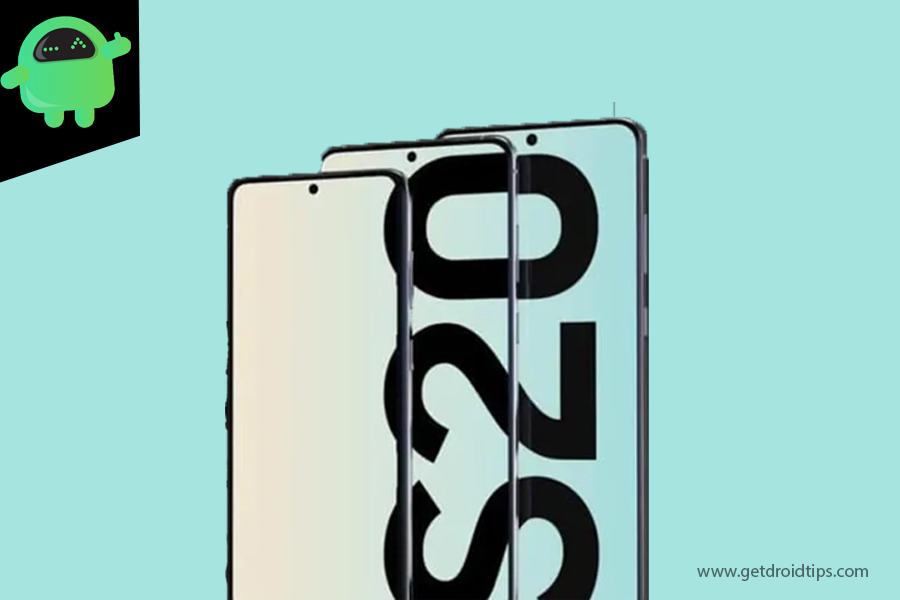In this article, we’ll show you the options that you can do to Remove Bloatware on your Galaxy S20, S20+, and S20 Ultra in straightforward steps.
Samsung Galaxy S20 series is the latest premium and flagship smartphone from Samsung. Samsung unveiled the Galaxy S20 series, i.e., Galaxy S20, S20 Plus, and S20 Ultra as its latest flagship family at the Galaxy Unpacked 2020 event in San Francisco, California. The Galaxy S20 series ships with Qualcomm’s latest Snapdragon 865 chipset, which features more powerful image processing, a new fifth-generation AI Engine, better power efficiency, basically everything you could ask for in a mobile processor.
Also Read

Remove Bloatware on your Galaxy S20, S20+, and S20 Ultra
Step 1: Install ADB and Fastboot in Windows/Mac/Linux
We will be using the ADB command for removing Bloatware from your Galaxy S20, S20+, and S20 Ultra. So for that, your system needs to be installed with the ADB program, follow the below programs to do so:
Step 2: Install Samsung Drivers (Windows)
For a Windows-based computer, you will need to install Samsung’s drivers for your computer to recognize your phone when connected via the USB cable properly. Use the link to download the ZIP file and extract the contents on your computer. Run the EXE or PKG file and follow the on-screen instructions to install the drivers.
Step 3: Install App Inspector
For removing any app from the ADB shell, we will require the package name of the application. So to get the package name of the application, install the App Inspector app from the play store.
[googleplay url=”https://play.google.com/store/apps/details?id=com.ubqsoft.sec01″]
Step 4: Enable USB Debugging
- Open Software Information.
To access Software Information, you have to open the Settings app, scroll down to and tap About phone.
- Enable Developer Mode.
Under Software Information, find Build number and tap it several times (at least seven times). If successful, a pop-up message will say “Enable USB Debugging Mode.” This will activate Developer Options that you can access via Settings.
- Enable USB Debugging
After opening the Developer Options, enable the USB debugging mode by switching the toggle ON.
Step 5: Open Command Prompt or Terminal
Locate the installation directory of ADB and Fastboot. For Windows users, this can usually be found at C:\Program Files (x86)\Android\android-sdk\platform-tools. For Mac and Linux users, it depends on where you extracted your ADB folder when you installed the utility.
Open up Command Prompt (for Windows users) or Terminal (for Mac and Linux), and input the following:
cd locationReplace “location” with the exact location of platforms-tools (for example, Windows users will input: cd C:\Program Files (x86)\Android\android-sdk\platform-tools).
Step 6: Start ADB Shell Service
The first thing you’ll want to do is to check the ADB connection between your computer and your phone. Input the following code:
For Windows users: adb devices
For Mac/Linux users: ./adb devicesYou should see a string of random numbers and letters followed by “device.” That means that the device is successfully connected to the computer.
Next, input the following code to start the ADB Shell service:
For Windows users: adb shell
For Mac/Linux users: ./adb shellStep 7: Disable Bloatware
Return to Your phone and open App Inspector. Select an app from the list that you wish to remove. Under “Package name,” you will find the package name of the app, which you will need.
Return to your computer and input the following code:
pm uninstall -k --user 0 XXReplace XX with the complete package name of the app.
That was it; you have successfully removed Bloatware from your Galaxy S20, S20+, and S20 Ultra without root.
Do you own a Galaxy Device, or any Android device and need these types of simple tutorials? Then stay tunned to GetDroidTips’ Android Tips & Tricks column because many simple tutorials for Galaxy are coming soon.
If you have any queries regarding this, the comment section always available for you.
